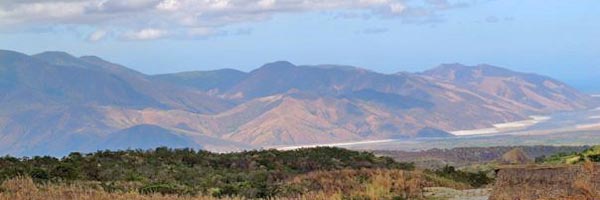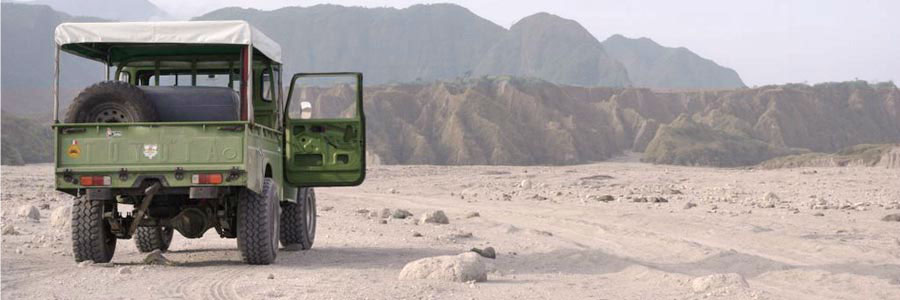History
Before 1991, Mt. Pinatubo was an unremarkable and heavily eroded mountain. It was covered in dense forest which supported a population of several thousand indigenous people, the Aeta. They were a hunter-gatherer people who were extremely successful in surviving in the dense jungles.
In mid-March 1991, villagers around Mt. Pinatubo began feeling earthquakes and after several explosions a Level 5 alert was issued indicating an eruption was in progress. On June 15th 1991, the second largest volcanic eruption of the twentieth century took place when Mt Pinatubo erupted at 1:42 pm local time. The eruption lasted for nine hours and caused several large earthquakes which resulted in the collapse of the summit and the creation of a caldera.

At the time of the eruption, Tropical Storm Yunya was passing to the northeast of Mt. Pinatubo, causing a large amount of rainfall in the region. The ash that was ejected from the volcano mixed with the water in the air caused a rainfall of tephra that fell across almost the entire island of Luzon. There was 10 cm of ash covering an area of 2000 square kilometers and most of the 800 people who died during the eruption died due to the weight of the ash collapsing roofs. Had Tropical Storm Yunya not been nearby, the death toll from the volcano would have been much lower.
The human impact of the disaster was staggering. In addition to the 800 people who lost their lives, there was almost half a billion dollars in property and economic damage. The economy of central Luzon was horribly disrupted and the Aeta people were the hardest hit. The total destruction of many villages meant that many Aeta were unable to return to their former way of life. The volcanic eruption and two typhoons that entered the area when the volcano was erupting, turned the breadbasket of the Philippines into a desolate waste land.

After the eruptions ended, a crater lake was formed which was hot and highly acidic. Abundant rainfall cooled and diluted the lake and increased its depth by about 1 metre per month on average. In September 2001, fears that the walls of the crater might be unstable prompted the Philippine government to order a controlled draining of the lake. Workers cut a 5 metre notch in the crater rim, and successfully drained about a quarter of the lake’s volume.














